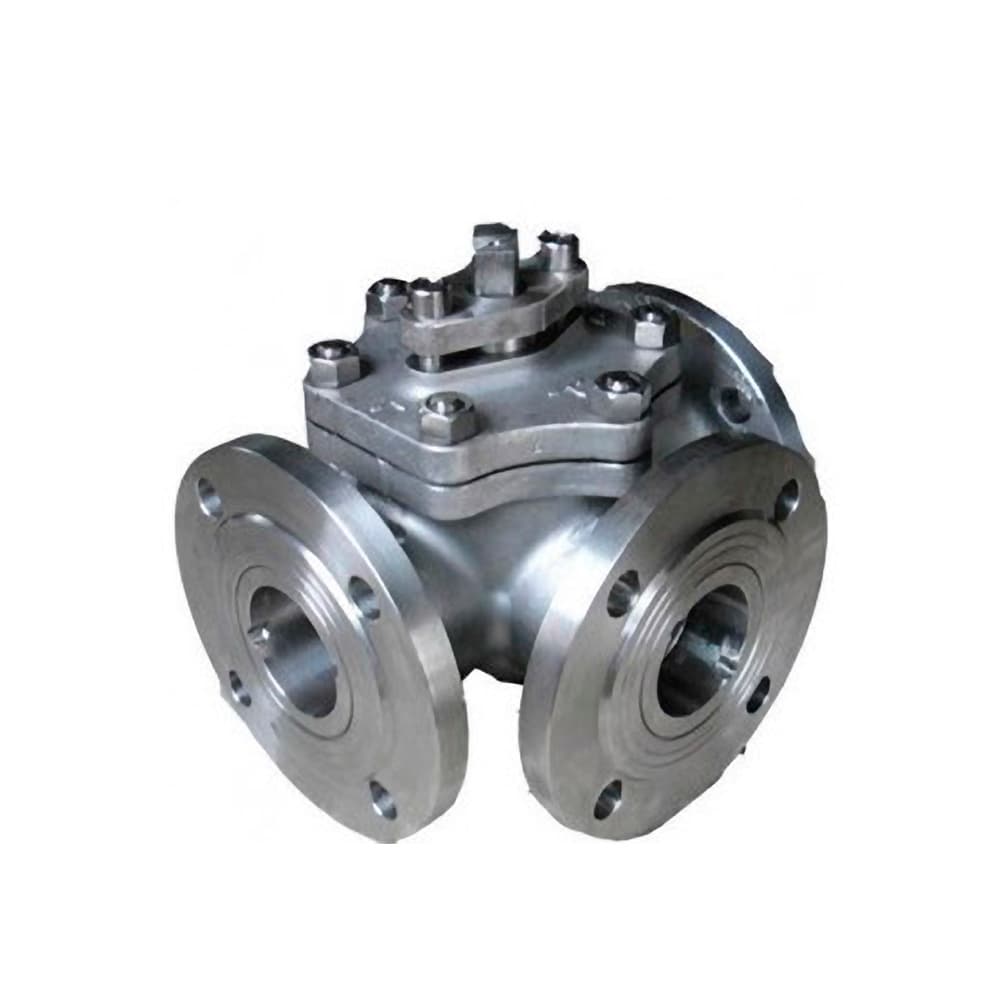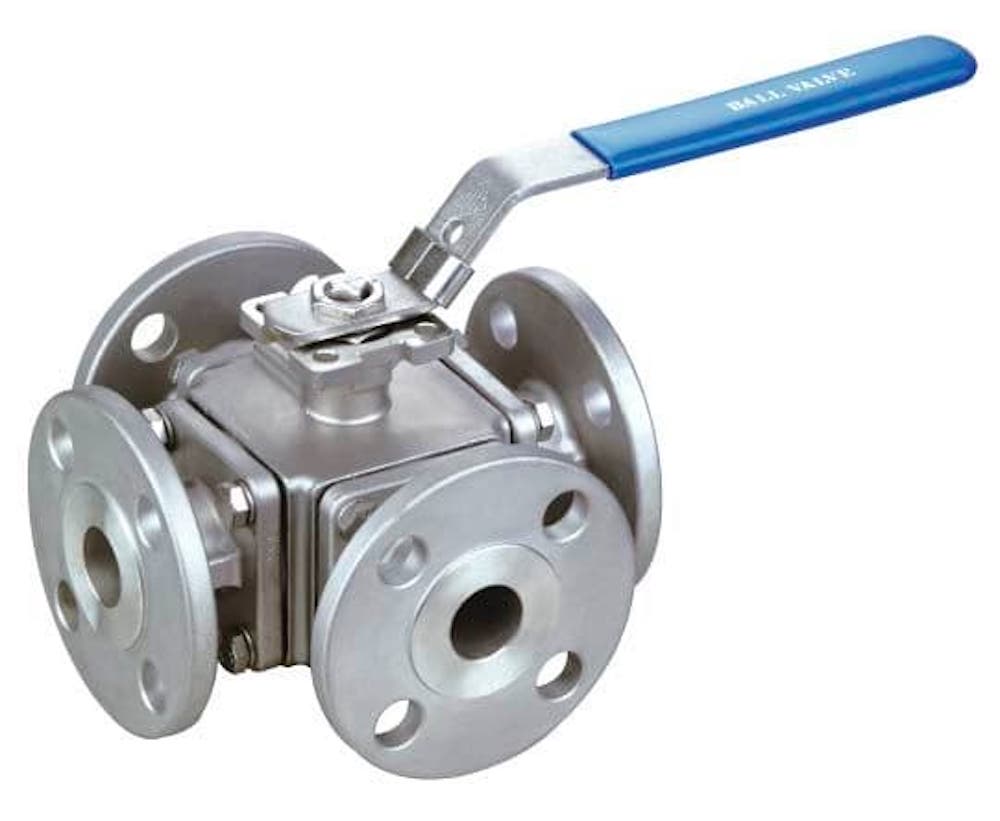Control Valve
A control valve is a vital component in various industrial processes, used to regulate the flow of fluids, such as gases, liquids, or slurries, by varying the size of the flow passage. Essentially, it adjusts the flow based on the signals received from a controller, ensuring that the process variables — such as pressure, temperature, level, and flow rate — remain within the desired range.
Control valves are integral to systems where precise control of process parameters is crucial. They are found in industries like oil and gas, chemical manufacturing, water treatment, power generation, and HVAC (heating, ventilation, and air conditioning).
Components and Functionality
A typical control valve consists of:
1. Valve Body: The core structure containing the orifice or ball that restricts or allows flow.
2. Actuator: Converts the control signal (electric, pneumatic, or hydraulic) into mechanical motion to move the valve mechanism.
3. Positioner: Ensures the valve reaches the desired position, enhancing control accuracy.
4. Valve Trim: Includes the plug, seat, and sometimes the stem, which interact to control the flow passage.
Types of Control Valves
1. By Valve Type:
• Globe Control Valve: Known for its precise flow regulation capabilities. It has a linear motion that allows for accurate control.
• Butterfly Control Valve: Used for large flow volumes with moderate control accuracy. It involves a rotational motion.
• Ball Control Valve: Provides good control at low flow rates and has a fast response time with rotational motion.
• Diaphragm Control Valve: Suitable for corrosive and hygienic applications with precise control and liner motion.
• Plug Control Valve: Similar to ball valves but with different flow characteristics and more precise throttling capability.
2. By Actuation Method:
• Pneumatic Actuated Control Valve: Uses air pressure to actuate the valve, providing quick response and good control.
• Electric Actuated Control Valve: Uses an electric motor to control the valve position, offering precise control.
• Hydraulic Actuated Control Valve: Uses hydraulic fluid, offering high force for valve operation.
• Self-actuated Control Valve: Operates based on process conditions like pressure or temperature without external power.
3. By Flow Characteristics:
• Linear Flow Characteristic: Flow rate changes linearly with valve position. Ideal for most typical control scenarios.
• Equal Percentage Flow Characteristic: Flow rate changes exponentially with valve position. Suitable for processes where the valve operates over a wide range.
• Quick Opening Flow Characteristic: Provides a large change in flow rate with a small change in valve position at the beginning of the valve’s movement.
4. By Control Function:
• Throttling/Modulating Control Valve: Continuously adjusts the valve position to maintain a desired set point.
• On/Off Control Valve: Operates in fully open or fully closed positions but can be used in control applications where an immediate response is needed.
5. By Body Material:
• Cast Iron: Cost-effective and used for low-pressure applications.
• Stainless Steel: Corrosion resistant, used for more demanding applications.
• Hastelloy, Monel, Alloy 20, Titanium: Specialized materials used for extremely corrosive or high-temperature environments.
6. By End Connection:
• Flanged Connection: Provides a robust and durable connection.
• Threaded Connection: Suitable for smaller valves and lower pressure applications.
• Welded Connection: Provides a leak-proof connection for high-pressure applications.
Operation
Control valves operate through feedback loops. The controller sends a signal to the actuator based on measurements from sensors, prompting the actuator to adjust the valve position. This adjustment modulates the flow rate to match the process requirements, maintaining equilibrium.
Importance
Control valves enhance system efficiency, safety, and product quality. By providing precise flow regulation, they minimize wastage and energy consumption, contributing to cost savings and environmental sustainability. Proper maintenance and selection of control valves are crucial for ensuring optimal performance and longevity of the industrial systems they serve.
Request a FREE quote
we look forward to collaborating with you.




